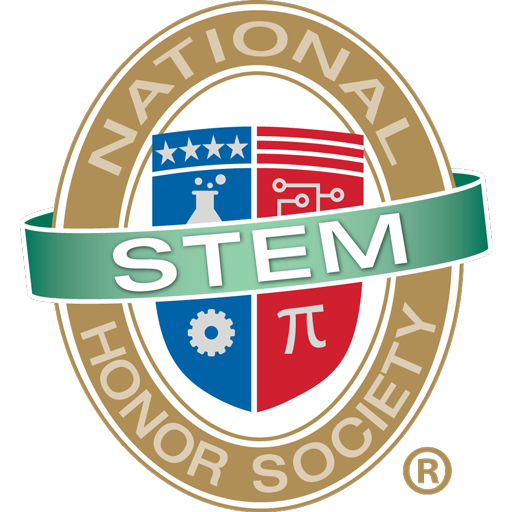During this week of Black History Month, NSTEM recognizes the efforts of three African-American Engineers: Benjamin Banneker, Mark Dean, and James West! If you missed last week’s post about influential African-American scientists, you can find it here.
Benjamin Banneker — Mathematician, Astronomer, Inventor, Writer, & Engineer
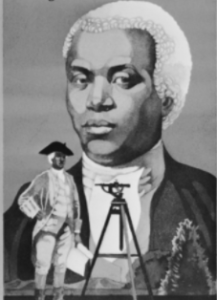
Benjamin Banneker was born on November 9, 1731 in Maryland. As a child, he attended a Quaker schoolhouse, although he self-taught himself through reading books. He was “taught to read by his grandmother!” When he was about 20 years old, he built the first wooden clock, keeping time precise for decades.
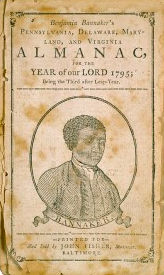
Apart from his engineering efforts, Banneker actively advocated for civil rights. He wrote a letter to the then Secretary of State, Thomas Jefferson. In the letter, he asked “Jefferson’s aid in bringing better conditions for African Americans.” Similarly, NSTEM is committed to equal opportunities in STEM and helps underrepresented minorities flourish in the STEM field (Read more about our commitment here).
Banneker also dabbled in astronomy. After befriending George Ellicott, a mathematician and fellow amateur astronomer, he “began to make astronomical calculations,” in which he predicted a solar eclipse in 1789. Furthermore, Banneker wrote a plethora of material in his life. Before dying on October 19, 1806, Banneker published six almanacs in 28 editions, with the first published in 1792! NSTEM admires the life of Benjamin Banneker and thanks him for all of his contributions to STEM.
Mark Dean — Computer Scientist and Engineer
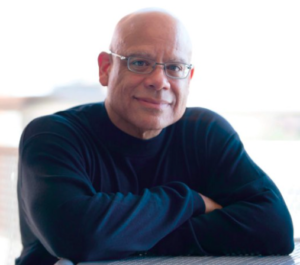
Mark Dean is most known for his invention of the “color PC monitor, the Industry Standard Architecture System bus and the first gigahertz chip.” Dean was born on March 2, 1957 in Tennessee. As a young boy, he built a tractor with the help of his father, leading to his love for engineering. In 1979, he graduated at the top of his class with an engineering degree from the University of Tennessee.
After graduating, he went to work at IBM, where he holds 3 of the company’s 9 patents. Dean “has more than 20 patents associated with his name.” He later went back to school, earning a Masters degree in Electrical Engineering from Florida Atlantic University in 1982. He also earned a Doctorate degree in Electrical Engineering in 1992 from Stanford University.
Among his accomplishments, Dean became an IBM fellow in 1996, the first African American to do so! In addition, the Black Engineer of the Year Awards (BEYA) awarded Dean with the BEYA President’s Award in 1997. Lastly, the National Inventors Hall of Fame inducted him into the hall to honor him for his achievements.
James West — Engineer and Professor

James West was born on February 10, 1931 in Virginia. An accident with a radio in his early life led West to become “enthralled with the concept of electricity.” He pursued a degree in physics from Temple University and received a Bachelor degree in 1957. West took a job at Bell Laboratories. There he co-invented the foil electret microphone with research partner Gerhard Sessler in 1992. 90% of all microphones used today include the foil electret microphone.
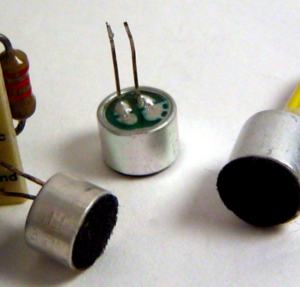
West “holds more than 60 U.S. patents and more than 200 foreign patents.” After a 40 year career at Bell Laboratories, West joined Johns Hopkins University in 2001 as a research professor in electrical and computer engineering.
West has been awarded and honored many times for his involvement in STEM innovations. He became inducted into the National Inventors Hall of Fame in 1999 and the National Academy of Engineering in 1998. West received Honorary Doctorate degrees from both Temple University and the University of Pennsylvania. Lastly, he was awarded the US National Medal of Technology and Invention.
Written by Chelsea Kowal
Visit the NSTEM page for more posts about our STEM community!
